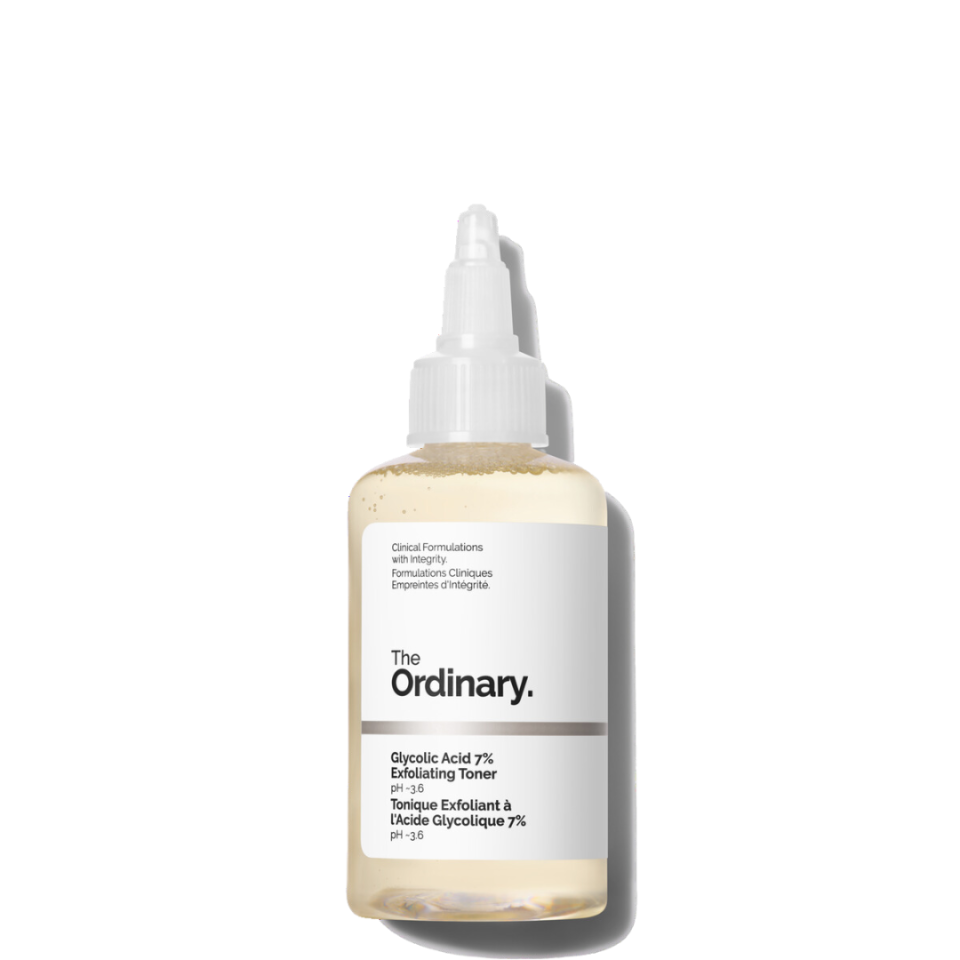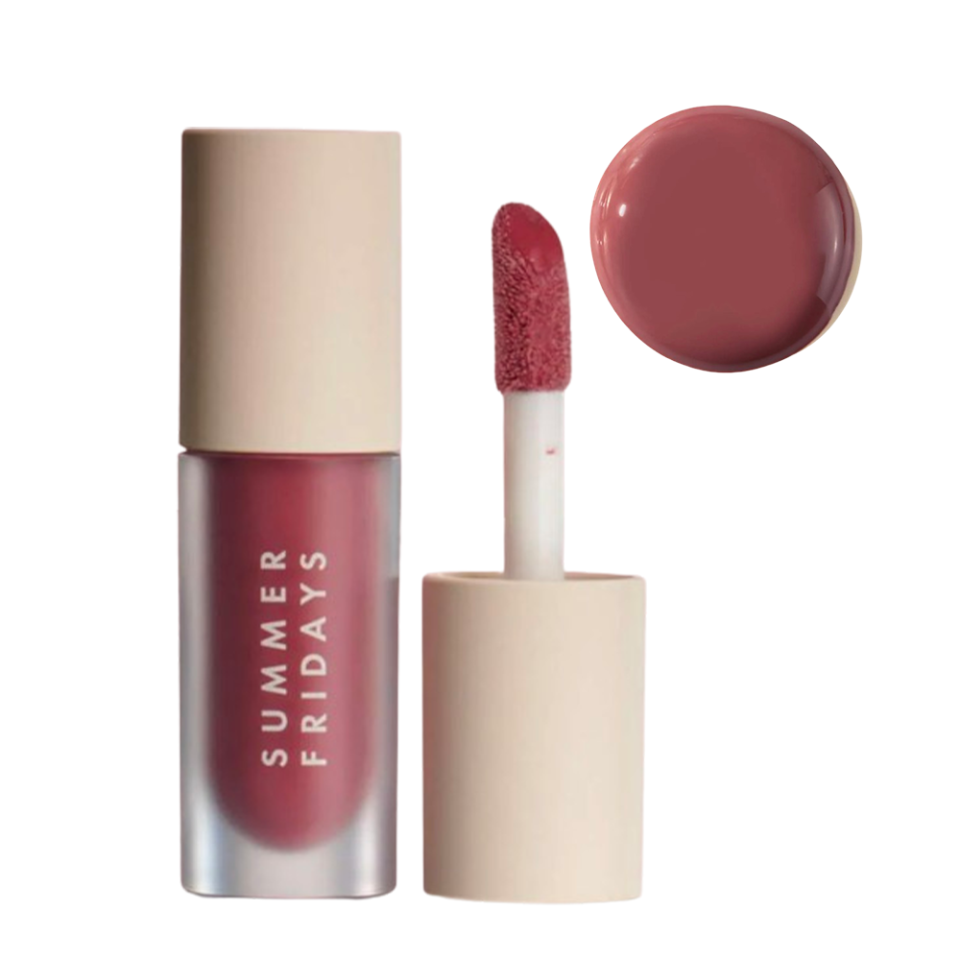Circana: U.S. Prestige Beauty Reached $31.7 Billion in 2023

Prestige beauty was on a hot streak in 2023.
According to annual data from Circana, prestige sales swelled 14 percent in 2023, hitting $31.7 billion. That contrasts with the mass markets’ modest dollar gains of 6 percent.
More from WWD
“Prestige beauty has been on a double-digit growth trajectory over the last few years,” said Larissa Jensen, vice president of beauty and industry adviser, Circana. “For the most part, across every category, prestige units have grown. That’s more compelling than dollar sales because it speaks to demand. The growth we’re seeing on the mass side is primarily driven by higher prices.”
Jensen said that data reveals consumers are trading up in category segments that bear similar price points between the two channels, such as cleansers, sun care and body products. “Consumers overall are trading up in segments where the average prices are close between mass and prestige. But if you look at growth in something like facial moisturizers, they’re almost the same between mass and prestige,” she said. “Consumers remain loyal in those sub-segments where you see big price disparities.”

In makeup, prestige sales climbed 15 percent, while mass sales only grew 6 percent. In fragrance, prestige and mass gains stood at 12 percent and 4 percent, respectively. Skin care swelled 14 percent in prestige, and 11 percent in mass, while hair sales increased 14 percent and 6 percent in prestige and mass respectively.
In mass, most of the growth came from skin care and makeup; they were the only two categories to also grow in unit sales. Jensen said lip oils are an emerging player in lip makeup, which grew at twice the rate of prestige makeup overall. Hand soap is also emerging as star player and scalp care remains a key driver in hair.
In fragrance, gift sets were the fastest-growing segment — a manifestation of a larger trend toward miniature sizes and high-value products. In that vein, the body spray market tripled.
The “mass-stige” brands, which Jensen defined as those with mass prices and prestige positioning and distribution, are also driving growth. “When you look at the performance of those brands, they grew 16 percent,” she said. “Prestige brands are growing 12 percent, and mass brands are growing 9 percent.”
She noted that mass consumers demonstrated more channel loyalty, whereas 94 percent of prestige beauty brand buyers are also cross-shopping in the mass channel. “Shoppers are pivoting between premium and value,” Jensen said. “That might explain why masstige brands, which offer the premium image at a value price point, are growing the strongest.”
Social media is still a key driver, and the advent of dupe culture has also played to the success of those middle-ground price points.

“Social media continues to be a big driver of trends, and some of the growing brands have gone viral,” Jensen said. “For example, a body spray is much more of a reasonable ask than a luxury perfume.
“Social media plays a role here because you have consumers and dermatologists on TikTok saying, ‘Oh, well at the end of the day, this is what works.’ The consumers have learned over time through social media and other education that you don’t need to pay to get a lot of results,” Jensen continued.
Consumer engagement with beauty remained high, which is driven by both the spending power of Gen X and Boomers and the social media obsession among Gen Z shoppers. “If you look at prestige beauty spend for households that earn over $100,000 annually, the households with children under 18 grew their beauty spend by 16 percent,” she said. “Those households without children only grew by 6 percent.”
Beauty is growing on both ends of the age spectrum. As reported, Gen X outspends both Boomers and Gen Z by a respective 44 percent and 18 percent.
“When we look at the demographic breakdown, a lot of share is coming from an older consumer,” she said. “We can’t ignore this consumer. While everyone tends to focus on the younger consumers because that’s the consumer of the future and you want to grab their loyalty, we can’t do that at the expense of the older consumer. The U.S. is demographically a younger country, and so globally, older consumers represent an even bigger part of sales for most countries. They’re even more important in other countries, in terms of size.”
For the year ahead, Jensen is keeping an eye on fragrance, which she describes as a “canary in a coal mine.

“We started to see a shift towards value from super-luxury in fragrance, and that leads me to think that’s going to happen in 2024. We are optimistic about prestige beauty, but I think there’s going to be a significant slowdown, especially when you consider the growth rates of the past few years,” Jensen said. “2024 will likely be the year we see that pullback.”
Shoppers are still overwhelmingly shopping in brick-and-mortar as opposed to online, Jensen said, and that’s across categories. “When we see dollar share of e-commerce versus brick-and-mortar, e-commerce has been relatively steady, while brick-and-mortar is actually gaining share — not just in prestige, but in the mass channel as well,” she said.
“We are very much a hands-on, physical store industry,” Jensen said. “It’s important for brands and retailers to recognize that yes, this omnichannel strategy is super important, but you can’t lose sight of the fact that you need to allocate your spend to where the consumer is shopping.”
Best of WWD

